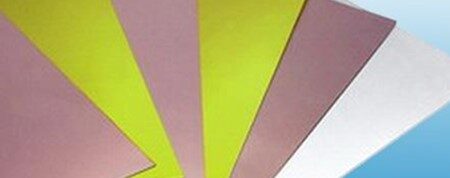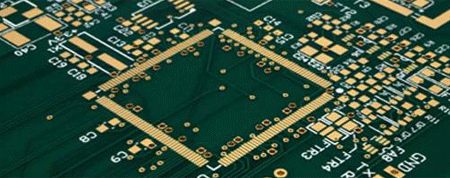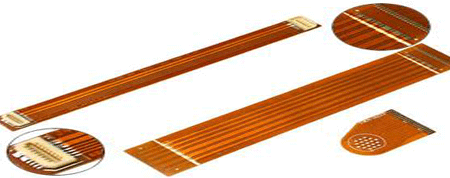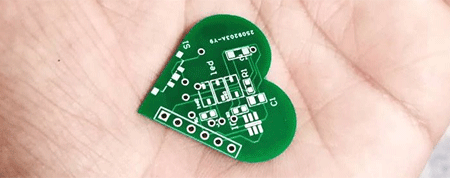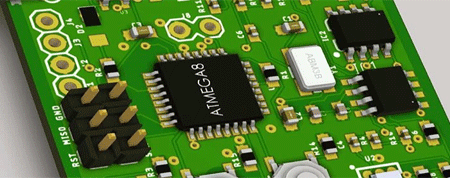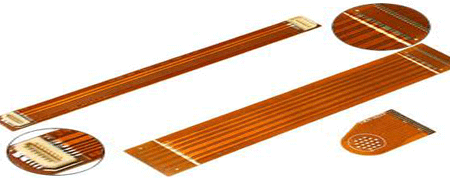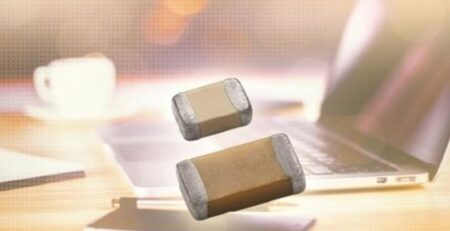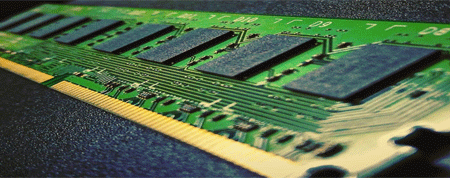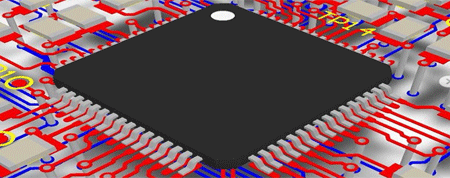Why multilayer PCBs are even layers?
PCB boards are single-sided, double-sided, and multi-layered. The number of layers of the multi-layer board is not limited. Currently, there are more than 100 layers of PCB, and the common multi-layer PCB is four-layer and six-layer boards. Then why do you have the question “Why are PCB multilayer boards all even?” Relatively speaking, even-numbered PCBs do have more PCBs than odd-numbered layers, and they are more advantageous.
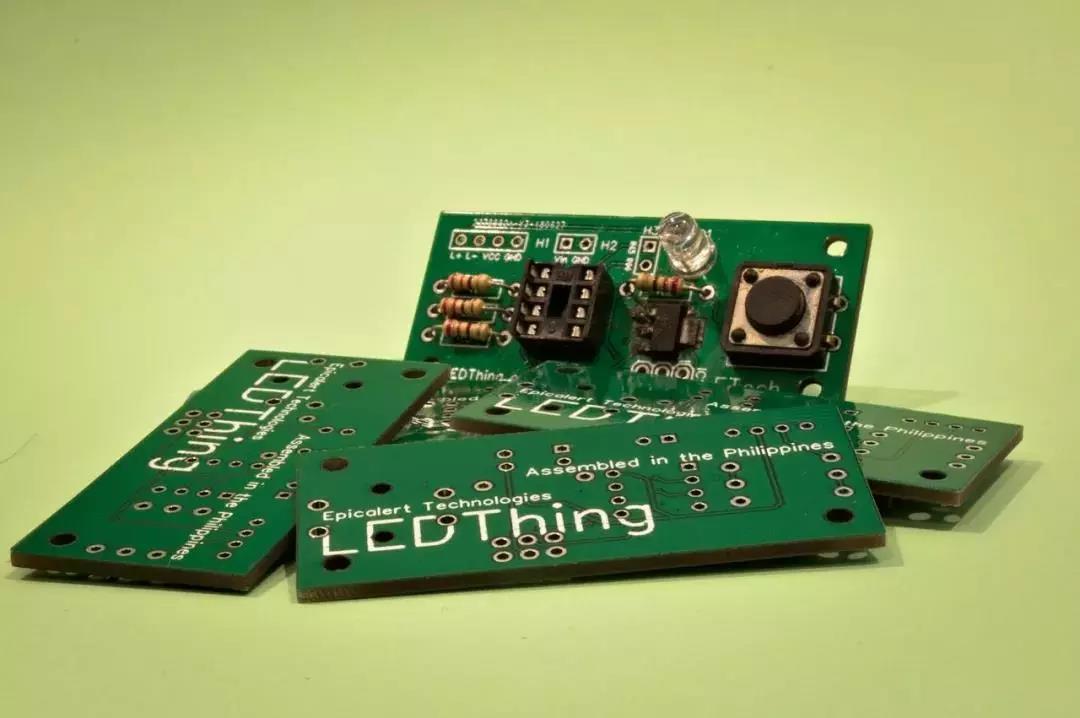
1. The cost is lower
Because of the lack of a layer of media and foil, the cost of odd-numbered PCB board raw materials is slightly lower than that of even-numbered layers. However, the processing cost of odd-numbered layers of PCB is significantly higher than that of even-numbered layers. The processing cost of the inner layer is the same, but the foil/core structure significantly increases the processing cost of the outer layer.
Odd-layer PCBs require a non-standard stacked core layer bonding process based on the core structure process. Compared with the nuclear structure, the efficiency of the factory where the foil is added outside the nuclear structure will decrease. Prior to lamination bonding, the outer core requires additional processing, which increases the risk of scratches and etch errors in the outer layer.
2. Balancing structure avoids bending
The reason for designing a PCB without an odd-numbered layer is that the odd-numbered circuit boards are easily bent. When the PCB is cooled after the multilayer circuit bonding process, the different lamination tensions of the core structure and the foil structure structure cause the PCB to bend. As the thickness of the board increases, the risk of bending a composite PCB having two different structures is greater. The key to eliminating board bending is to use a balanced stack. Although a certain degree of bending of the PCB meets the specification requirements, the subsequent processing efficiency will decrease, resulting in an increase in cost. Because special equipment and processes are required for assembly, the accuracy of component placement is reduced, which will damage the quality.
Another easy-to-understand statement is that in the PCB process, the four-layer board is better controlled than the three-layer board, mainly in terms of symmetry. The warpage of the four-layer board can be controlled below 0.7% (IPC600 standard), but three When the size of the laminate is large, the warpage will exceed this standard, which will affect the reliability of the SMT patch and the entire product. Therefore, the average designer does not design the odd layer, even if the odd layer realizes the function, it will be designed. It is a pseudo-even layer, that is, 5 layers are designed into 6 layers, and 7 layers are designed as 8-layer boards.
For the above reasons, PCB multilayer boards are mostly designed as even-numbered layers with fewer odd-numbered layers.
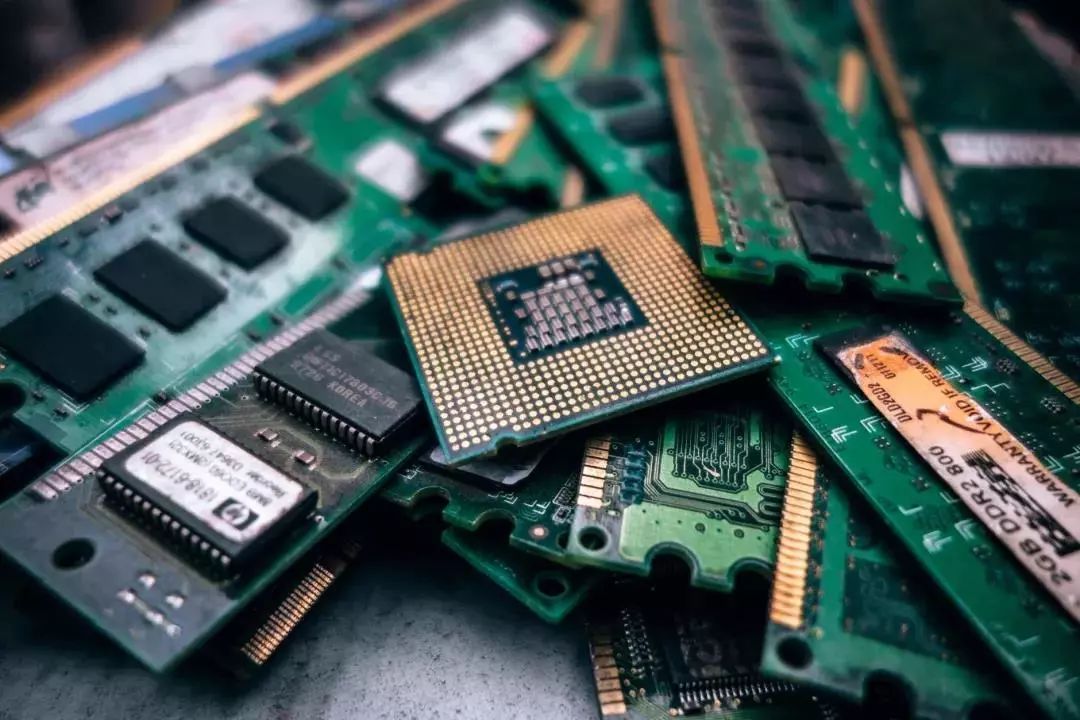
How do odd-level PCBs balance stacking and reduce costs?
What if an odd-numbered PCB appears in the design? The following methods can be used to achieve balanced stacking, reduce PCB fabrication costs, and avoid PCB bending.
1) A layer of signal is used and utilized. This method can be used if the power plane of the design PCB is even and the signal layer is odd. The added layer does not increase the cost, but it can shorten the delivery time and improve the PCB quality.
2) Add an additional power layer. This method can be used if the power plane of the design PCB is odd and the signal layer is even. An easy way is to add a layer in the middle of the stack without changing the other settings. First route the odd-numbered PCBs, then copy the layers in the middle and mark the remaining layers. This is the same electrical characteristic as the foil applied to the thickened formation.
3) Add a blank signal layer near the center of the PCB stack. This approach minimizes stacking imbalance and improves PCB quality. First, route the odd layers, add a blank signal layer, and mark the remaining layers. It is used in microwave circuits and mixed media (medium media have different dielectric constants).

